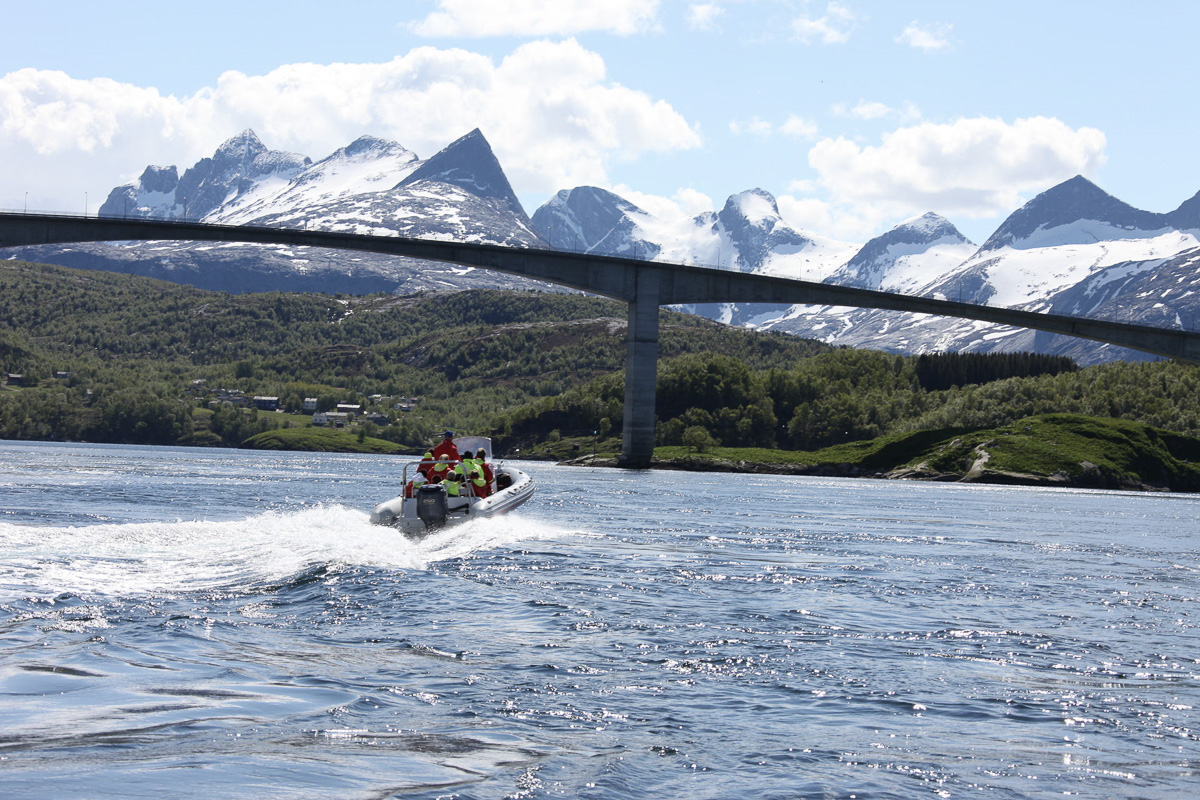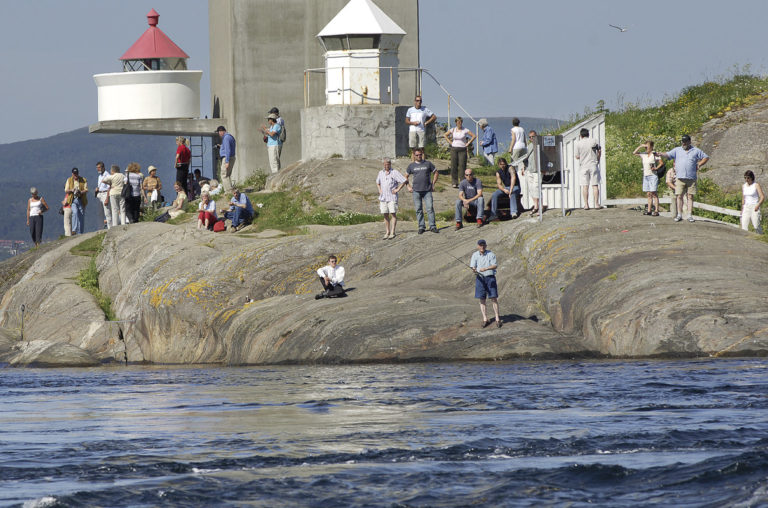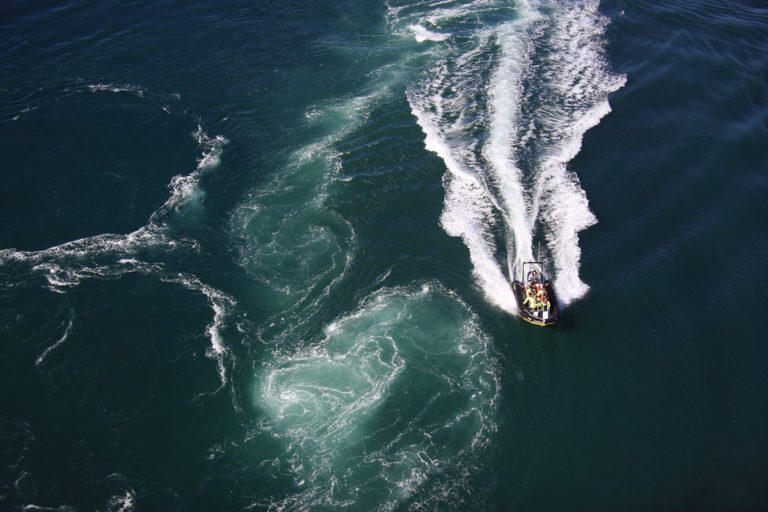The Polar Museum in Tromsø Museum tells the exciting story of the courageous trappers (men and women!) and the hazardous journeys of discovery in the arctic on a red-painted wharf dating back to 1830.
From the end of the 1800s to the 1950s, many trappers overwintered in Svalbard. A trapper’s cabin from around 1900 has been constructed at the Polar Museum, and you can see how two men could live through an arctic winter with no supplies or contact with the outside world. They spent their days tending their fox and polar bear traps, and hunting reindeer and seals. They probably also played quite a lot of cards.
Discovery of Svalbard
In 1596, a Dutch expedition led by Willem Barents was searching for the North East Passage to the Orient. An incident with a polar bear gave rise to the name Bjørnøya (‘Bear Island’), while Spitsbergen was named because of the sharp mountain peaks of Svalbard. However, the expedition had to overwinter in Novaja Semlja, where almost everyone died of scurvy. Artifacts from the winter camp are on display at the Polar Museum.
Klondyke at Svalbard
From 1611–1650 there were several major trappers’ stations in Svalbard, with hundreds of trappers from the Netherlands, England and the French Basque Country. They were after whales, which could generate huge profits, but the risks were enormous. The Polar Museum is the resting place of a young Dutch whaler who died of scurvy. By around 1650, whales had been virtually wiped out from the area around Svalbard, and whaling activity died off.
Russian era
In the 1700s, the Russian monastery on the Solovetsky islands in the White Sea sent trapping expeditions to Svalbard in search of foxes, seals and polar bears. The Russians all lived crowded into one house in Russekeila near Longyearbyen, but had several secondary stations. However, in the 1780s, all the Russians died of scurvy, and the Russian presence was reduced. There are some reminders in the form of orthodox crosses dotted around the archipelago.
Polar bear trapping
It was only at the end of the 1700s that the people of Northern Norway showed any interest in the arctic. The first arctic ship set sail for Svalbard from Hammerfest in 1794. Seals, polar bears and walruses were their main targets. After the 1850s, Tromsø took over as the most important arctic city. The trapping areas stretched from Canada to Western Siberia, but the West Ice near Greenland and the ice around Svalbard were the most important areas. The trappers would set off in March and return in June, laden with pelts, blubber and seal flippers. They might even bring a polar bear cub that could be sold to Hagebeck Zoo in Hamburg.
Hunting polar bears
The overwintering trappers set out spring guns for polar bears around the trappers’ cabins. After that, all they needed to do was check the traps frequently. The ‘polar bear king’ Henri Rudi killed 713 polar bears over 27 winters. Wanny Wolstad was the first woman to overwinter as a trapper in Svalbard.
Roald Amundsen is represented at the polar museum
There is a separate exhibition at the Polar Museum devoted to Roald Amundsen’s expeditions. In 1903–1906 he was the first man to sail through the North West Passage on the ship Gjøa. In December 1911, he was also the first to reach the South Pole. In 1926, he was one of the leaders of the expedition to the North Pole on the airship ‘Norge’. He died in 1928 on a rescue mission in search of the crashed airship ‘Italia’. A unique exhibition of photos in the Polar Museum documents much of Roald Amundsen’s life and expeditions.

Learn more about the area you travel in
The Polar Museum is located in Tollbodbrygga


